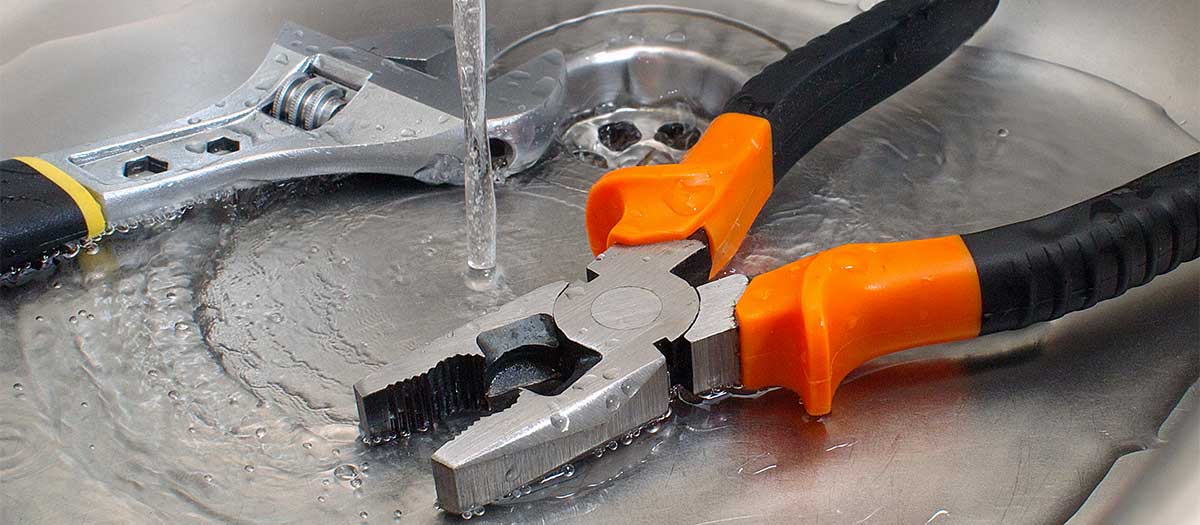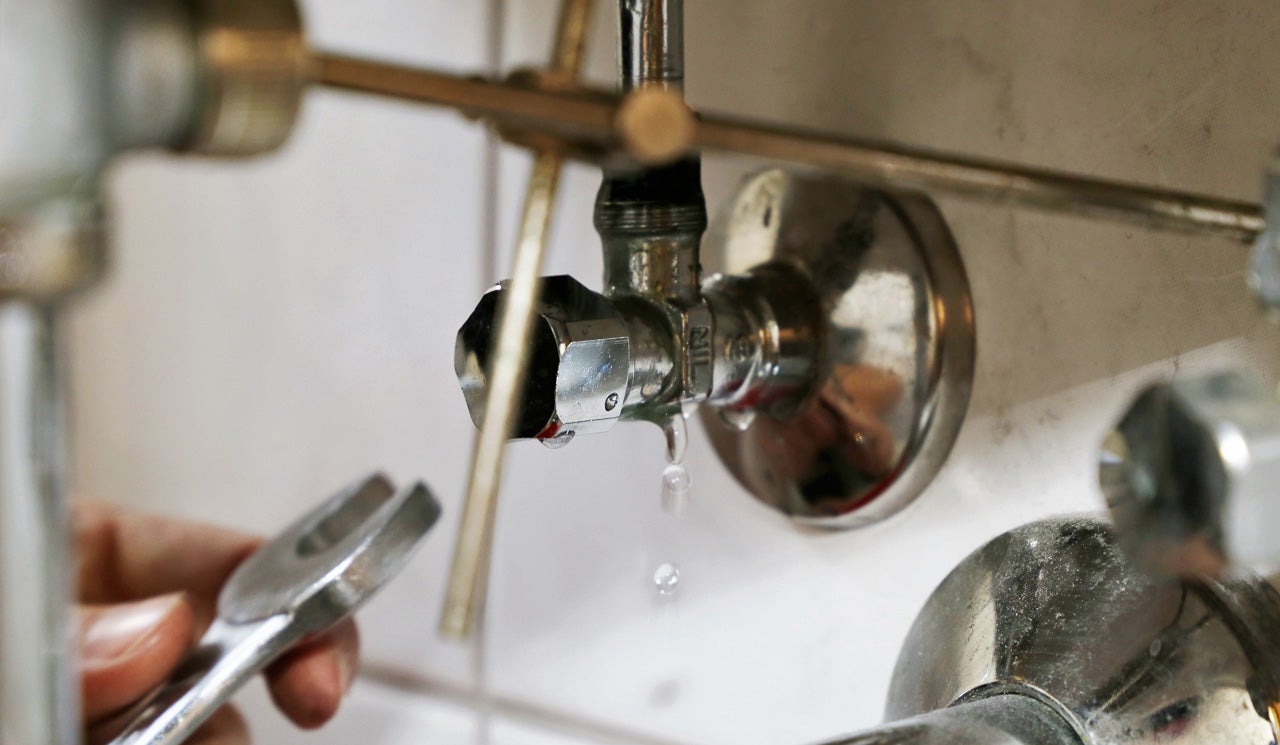How to Find and also Fixing Water Leaks-- A Comprehensive Overview
How to Find and also Fixing Water Leaks-- A Comprehensive Overview
Blog Article
We've uncovered the article about Detecting hidden plumbing leaks down the page on the net and decided it made perfect sense to write about it with you on this site.

Early detection of dripping water lines can mitigate a possible catastrophe. Apart from saving you money, it will certainly decrease the aggravation and frustration. The moment you discover a leakage, calling your plumber for repair services is the most effective solution. Some little water leakages might not be visible. If you can not detect it with your nude eyes, here are some hacks that assist.
1. Examine the Water Meter
Every home has a water meter. Inspecting it is a proven manner in which aids you discover leaks. For starters, shut off all the water resources. Make sure nobody will purge, utilize the tap, shower, run the washing maker or dishwasher. From there, go to the meter and also watch if it will change. Considering that no person is using it, there need to be no movements. That indicates a fast-moving leak if it moves. If you spot no modifications, wait an hour or two and inspect back once more. This suggests you might have a slow-moving leakage that can also be underground.
2. Check Water Intake
Analyze your water costs and track your water intake. As the one paying it, you must see if there are any kind of inconsistencies. If you find sudden changes, despite your usage being the same, it suggests that you have leakages in your plumbing system. Remember, your water costs must fall under the very same variety monthly. An abrupt spike in your expense indicates a fast-moving leakage.
On the other hand, a steady boost monthly, despite having the same habits, reveals you have a slow leakage that's additionally slowly rising. Call a plumber to completely examine your residential property, especially if you feel a cozy area on your flooring with piping underneath.
3. Do a Food Coloring Test
When it comes to water usage, 30% comes from commodes. If the shade in some way infiltrates your dish throughout that time without flushing, there's a leak in between the tank and bowl.
4. Asses Outside Lines
Don't neglect to inspect your exterior water lines as well. Test spigots by attaching a garden tube. Should water seep out of the link, you have a loosened rubber gasket. Replace this as well as make certain all links are limited. If you've obtained an automatic sprinkler, it will help get it expertly analyzed as well as maintained annually. One tiny leak can lose tons of water and also spike your water bill.
5. Check as well as Analyze the Situation
House owners should make it a routine to inspect under the sink counters and also inside cupboards for any bad odor or mold and mildew growth. These 2 red flags indicate a leakage so timely attention is needed. Doing routine examinations, even bi-annually, can conserve you from a major trouble.
Inspect for stainings as well as damaging as many pipes and also devices have a life span. If you believe dripping water lines in your plumbing system, do not wait for it to escalate.
Early detection of leaking water lines can mitigate a potential catastrophe. Some small water leakages might not be noticeable. Examining it is a proven means that aids you discover leaks. One tiny leak can waste tons of water and spike your water bill.
If you suspect leaking water lines in your plumbing system, don't wait for it to escalate.
WARNING SIGNS OF WATER LEAKAGE BEHIND THE WALL
PERSISTENT MUSTY ODORS
As water slowly drips from a leaky pipe inside the wall, flooring and sheetrock stay damp and develop an odor similar to wet cardboard. It generates a musty smell that can help you find hidden leaks.
MOLD IN UNUSUAL AREAS
Mold usually grows in wet areas like kitchens, baths and laundry rooms. If you spot the stuff on walls or baseboards in other rooms of the house, it’s a good indicator of undetected water leaks.
STAINS THAT GROW
When mold thrives around a leaky pipe, it sometimes takes hold on the inside surface of the affected wall. A growing stain on otherwise clean sheetrock is often your sign of a hidden plumbing problem.
PEELING OR BUBBLING WALLPAPER / PAINT
This clue is easy to miss in rooms that don’t get much use. When you see wallpaper separating along seams or paint bubbling or flaking off the wall, blame sheetrock that stays wet because of an undetected leak.
BUCKLED CEILINGS AND STAINED FLOORS
If ceilings or floors in bathrooms, kitchens or laundry areas develop structural problems, don’t rule out constant damp inside the walls. Wet sheetrock can affect adjacent framing, flooring and ceilings.
https://www.servicemasterbyzaba.com/blog/how-to-detect-water-leakage-in-walls/

I was shown that write-up on Finding hidden leaks through a good friend on a different web blog. Liked our review? Please share it. Let other people check it out. I cherish reading our article about Locating water leaks.
Report this page